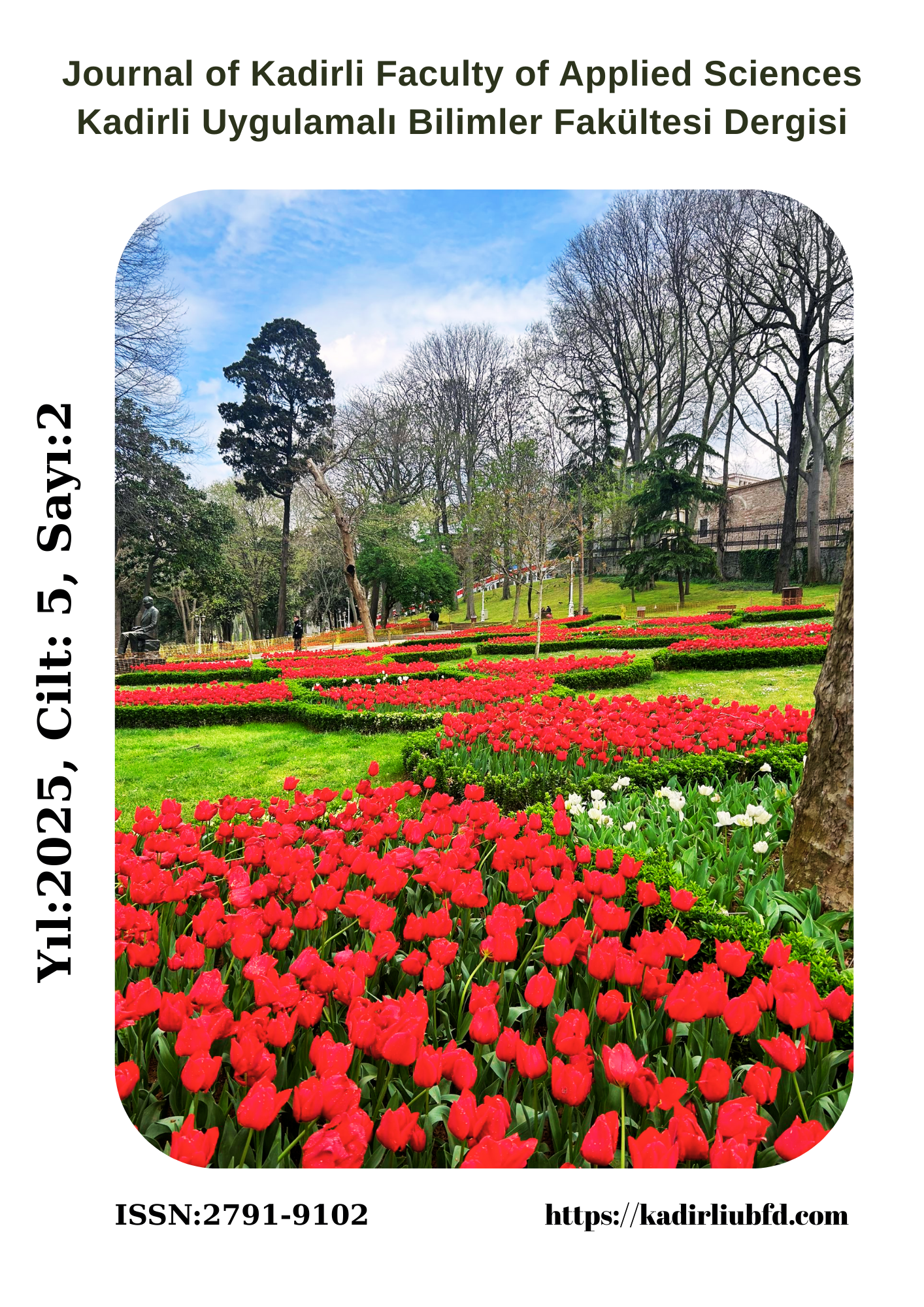A Comparison of Ruminant Livestock and Pasture Resources in the Neighborhoods of İpekyolu District, Van Province Using Artificial Intelligence-Based Analysis
Keywords:
Clustering analysis, Outlier analysis, Ruminant, Artificial intelligence, TURKVETAbstract
The sustainability of rural livestock production depends on maintaining a balance between pasture availability and animal density. In this study, ruminant livestock populations and pasture resources across 43 neighborhoods in the İpekyolu district of Van Province were evaluated using Artificial Intelligence (AI) assisted clustering and outlier detection methods. Data retrieved from the national TURKVET system were used to classify the neighborhoods based on variables such as cattle and small ruminant numbers and available pasture area. Three main clusters were identified in the analysis: Cluster 0 included neighborhoods with high numbers of small ruminants and large pasture areas; Cluster 1 consisted of neighborhoods with a balanced distribution of cattle and pasture resources; and Cluster 2 encompassed neighborhoods with high cattle density but limited pasture availability. Additionally, Erçek, Karagündüz and Yalınağaç were identified as outliers in terms of cattle population and were excluded from the clustering analysis. Visual analyses such as boxplots, scatterplots and dendrograms were employed to intuitively reveal structural differences between the neighborhoods. The results indicate that in some neighborhoods, despite a high number of livestock enterprises, pasture resources are limited, while in others, extensive pasture areas exist alongside a relatively low number of enterprises. This reflects the variation in livestock production systems at the neighborhood level ranging from grazing based to more confined, feed based operations. These findings offer important insights for pasture management, subsidy allocation policies and the formulation of rural development strategies
Downloads
Published
How to Cite
Issue
Section
License
Copyright (c) 2025 Kadirli Uygulamalı Bilimler Fakültesi Dergisi

This work is licensed under a Creative Commons Attribution-NonCommercial-ShareAlike 4.0 International License.





